Detection and Visibility Estimation of Surface Defects under Various Illumination Angles using Bidirectional Reflectance Distribution Function and Local Binary Pattern
Abstract
In the development of surface defect inspection systems, the surface illumination often plays a key role for the detectability of the defect. The illumination setup is currently configured manually for each type of defect which needs to be detected. This paper presents the use of a local binary pattern operator together with the bidirectional reflectance distribution function in order to detect various surface defects and estimate their visibility. This method is useful for improving the reliability of the visual surface inspection system and shortening of the time required for conducting a feasibility study. The reflectance of the sample material is acquired through a custom-built image acquisition system, which uses a robot arm in order to automatically retrieve the data under different illumination angles. By combining texture description with reflectance information, it is possible to localize defects without prior knowledge of their characteristics, whereas the defect visibility estimation requires manual ground truth marking in order to produce realistic results.
Files
DOI
10.20532/ccvw.2016.0002
https://doi.org/10.20532/ccvw.2016.0002
BibTeX
@InProceedings{10.20532/ccvw.2016.0002,
author = {Gospodneti{\' c}, Petra and Hirschenberger, Falco},
title = {Detection and Visibility Estimation of Surface Defects Under
Various Illumination Angles Using Bidirectional
Distribution Function and Local Binary Pattern},
booktitle = {Proceedings of the Croatian Compter Vision Workshop,
Year 4},
pages = {9-14},
year = 2016,
editor = {Lon{\v c}ari{\' c}, Sven and Cupec, Robert},
address = {Osijek},
month = {October},
organization = {Center of Excellence for Computer Vision},
publisher = {University of Zagreb},
abstract = {In development of surface defect inspection systems
surface illumination often plays a key role in
defect detectability. Illumination setup is
currently configured manually for each type of
defect which should be detected. This paper presents
the use of a local binary pattern operator together
with bidirectional reflectance distribution function
in order to detect various surface defects and
evaluate their visibility. This method is useful for
improving visual surface inspection system
reliability and shortening the time required for a
feasibility study. Reflectance of the sample
material is acquired through a custom built image
acquisition system, which uses a robot arm in order
to automatically retrieve data under different
illumination angles. By combining texture
description with reflectance information, it is
possible to localize defects without prior knowledge
of their characteristics. Whereas defect visibility
evaluation requires manual ground truth marking in
order to produce realistic results.},
doi = {10.20532/ccvw.2016.0002},
url = {https://doi.org/10.20532/ccvw.2016.0002}
}




 Pristupačnost
Pristupačnost